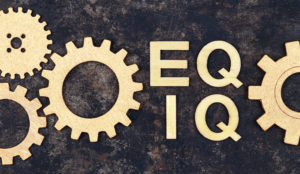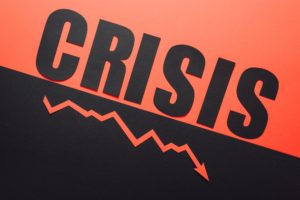
The Emotional Quotient: Why EQ Trumps IQ in Leadership
The Preamble: Intelligence is Not Enough Imagine a leader endowed with staggering analytical abilities, a human calculator capable of making split-second decisions based on data

The Preamble: Intelligence is Not Enough Imagine a leader endowed with staggering analytical abilities, a human calculator capable of making split-second decisions based on data

Many leaders will tell you that what you need to know is learned on the job in response to stressful situations. But in order to

In business, leaders are highly respected for sharp minds, to the extent that we frequently ignore and squelch our emotions. But even the most analytical

In your organization, is there any kind of emotional leadership, or are bosses pretty well buttoned-up? How easy is it for people to express their

Each summer, I receive more than one hundred new graduate HR students across a couple of sections of the Labor Issues and Conflict Management course

Picture a garden overrun with weeds, stifling the growth of any plant trying to break through. This is the manifestation of a toxic organizational culture.

Let’s embark on an intellectual voyage where the topic of discussion isn’t how you lead a team, a department, or an organization, but rather how

Crisis. The word itself conjures images of chaos, fear, and the unknown. If leadership is an art, then leading through crisis is akin to creating

An organization’s health is only as sound as its leader’s decisions. Some companies prosper from wise leadership directions, while others struggle after flawed choices—choices that

How a leader responds to adversity reveals how effective that leader truly is. Reactions to setbacks or crises not only test leadership character but define

Business is an active, demanding endeavor. Only those who consistently apply themselves succeed. Organizations that thrive require leaders who actively dream, plan, engage, solve, pursue,

Surveys and studies indicate global job dissatisfaction is at a two-decade high. Disengaged employees account for nearly 70 percent of the workforce, which significantly affects







